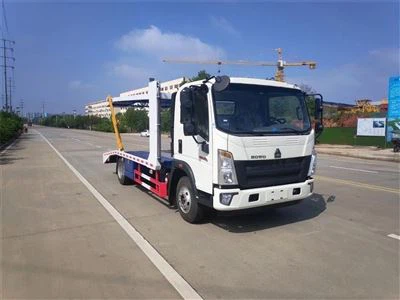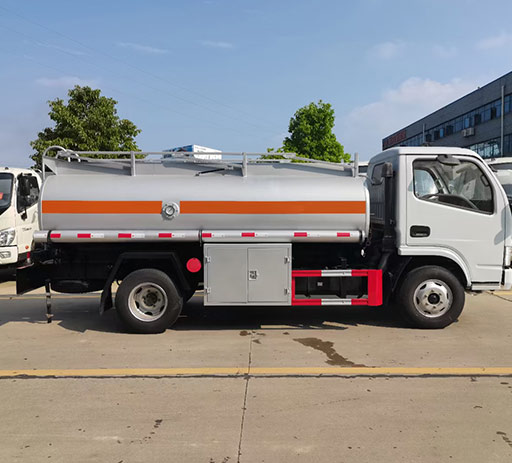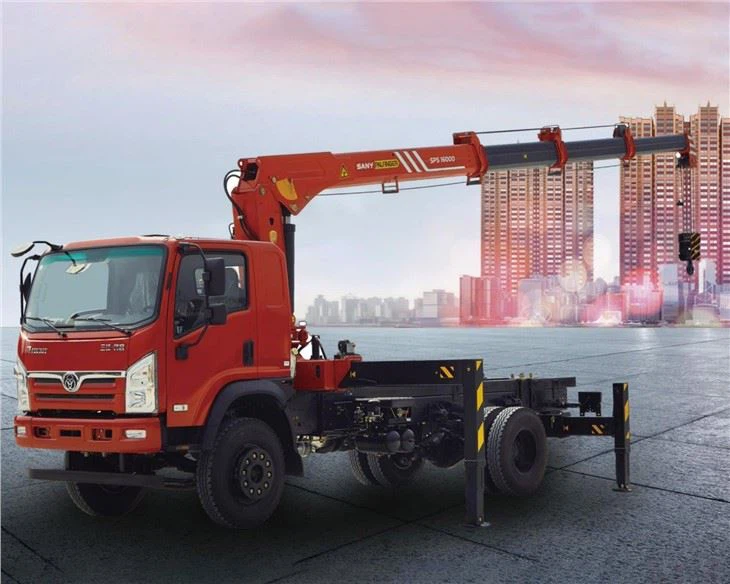Understanding Under CDL: A Comprehensive Guide

Under CDL refers to the driving privileges and regulations for commercial motor vehicle operators that do not require a Commercial Driver’s License (CDL). This article aims to provide a thorough exploration of the concept, including who qualifies, the regulations involved, and practical examples. We will also address common questions in the FAQ section.
What is CDL?
Before diving into “under CDL,” it is essential to understand what a Commercial Driver’s License (CDL) is. A CDL is a specialized license required to operate large and heavy vehicles such as trucks, buses, and other commercial vehicles. The Federal Motor Carrier Safety Administration (FMCSA) sets the standards for CDLs in the United States. Obtaining a CDL requires passing specific knowledge and skills tests.
What Does “Under CDL” Mean?
The term “under CDL” generally refers to driving vehicles that do not meet the thresholds that would require a CDL. These vehicles are typically lighter than the federal weight limits, or they may be designed for special operations that classify them outside of regular commercial driving requirements.
Who Needs a CDL?
Not everyone requires a CDL to operate a commercial vehicle. The following groups may operate vehicles under CDL regulations:
- Operators of passenger cars, vans, or trucks with a gross vehicle weight rating (GVWR) below 26,001 pounds.
- Drivers of vehicles designed to transport no more than 15 passengers, including the driver.
- Farm vehicle operators under certain conditions.
Common Types of Vehicles Operated Under CDL
Several types of vehicles can be operated without a CDL. Here are some examples:

- Light Trucks: Any truck with a GVWR below 26,001 pounds.
- Vans: Standard passenger vans carrying fewer than 16 passengers.
- Motorhomes: Recreational vehicles typically classified as personal use.
Regulations Surrounding Under CDL
Federal Guidelines
The Federal Motor Carrier Safety Administration provides various guidelines and regulations for under CDL driving. Although the specifics can vary by state, the following federal regulations generally apply:
- Drivers must adhere to basic safety regulations and traffic laws.
- No drug or alcohol violations should be present on their record.
- Companies must ensure compliance with all vehicle maintenance standards.
State-Specific Regulations
States have their own additional requirements and qualifications. It is crucial for drivers to check local regulations, as they can include:
- Age restrictions: Some states may require drivers to be at least 18 years old.
- Insurance minimums: Many states have specific insurance requirements for under CDL vehicles.
- Log and documentation: Some states may require drivers to maintain logs of driving hours.
Examples of Driving Under CDL Status
Example 1: Delivering Goods
A delivery driver operating a light-duty truck with a GVWR of 20,000 pounds does not need a CDL. This driver can transport goods locally without the additional training or licensing associated with a CDL.
Example 2: Shuttle Services
Many shuttle bus operators utilize vehicles that transport fewer than 15 passengers, thus making them exempt from needing a CDL. This scenario is common in hotel and airport shuttle services.
Example 3: Agricultural Vehicles
A farmer may operate a truck under the “farm vehicle” exemption, where the truck is only used for farm-related tasks. States often offer leniencies that allow these vehicles to be operated without a CDL.

Advantages of Driving Under CDL
Cost Savings
One of the primary advantages is the cost savings associated with avoiding the time and expense of obtaining a CDL and maintaining the associated qualifications.
Flexibility in Employment
Many businesses are willing to hire drivers for light-duty roles that do not require a CDL, thus providing more opportunities for employment.
Challenges of Operating Under CDL
Insurance Issues
Finding the right insurance coverage can sometimes be tricky. Drivers should ensure that their insurance policies clearly specify coverage for their specific vehicle and operational use.
Regulatory Confusion

Understanding the various state and federal regulations can be daunting. It’s crucial for operators to be well-informed about the laws applicable to their region, to avoid penalties and ensure compliance.
Best Practices for Drivers Under CDL
Keep Up with Vehicle Maintenance
Regular maintenance is essential for safety and compliance. Ensure that the vehicle is in good working condition and complies with all state requirements.
Stay Informed on Regulations
Keep abreast of local regulations and safety requirements. This knowledge not only helps in compliance but also enhances safety on the roads.
Use Proper Documentation
Maintain accurate records of trips, maintenance logs, and correspondence with clients or employers. This documentation can be vital in case of disputes or regulatory audits.
FAQ Section
1. Do I need a CDL to drive a box truck?
It depends on the weight of the box truck. If it has a GVWR under 26,001 pounds, a CDL is generally not required.
2. Can I drive a 15-passenger van without a CDL?
Yes, as long as the van is not used for commercial purposes, you can operate it without a CDL.
3. Are there any insurance requirements for driving under CDL?
Insurance requirements vary by state. It’s essential to check local regulations to ensure adequate coverage.
4. Can I operate a dump truck without a CDL?
This depends on the GVWR. If the dump truck is below 26,001 pounds, it may be driven without a CDL.
5. What are the penalties for driving a commercial vehicle without a CDL?
Penny cost for fines and citation varies by state, and repeated offenses could lead to more severe consequences, including the suspension of driving privileges.
6. Are there any training requirements for under CDL driving?
While formal training is not legally required for under CDL operation, having a solid understanding of road safety and vehicle handling is highly encouraged.
